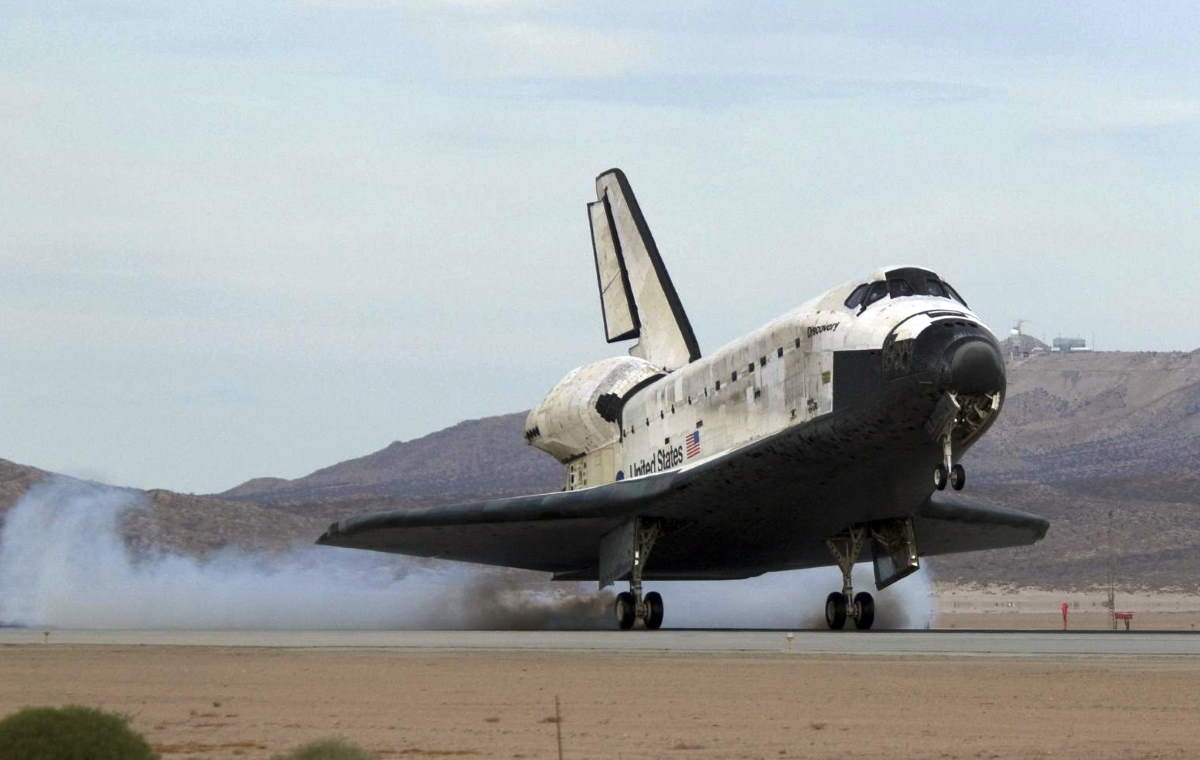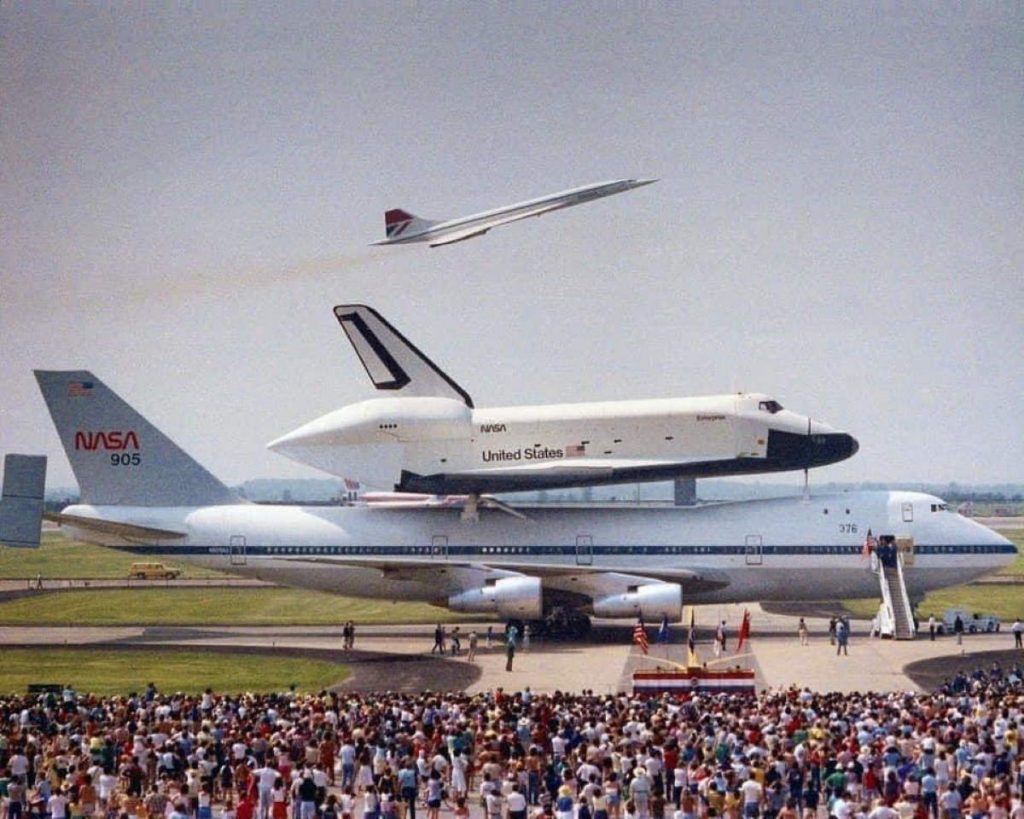How did I miss this for years? In this brilliant video below, software engineer Bret Copeland explains how to land the space shuttle… from space!
<spoiler>
It is really amazing that the Space Shuttle is basically an unpowered plane (a very bad plane, as you’ll see in the video why) that is flying in space at 17,500 miles per hour (28,000 km/h). Landing it on a about 3-mile (4,572 meters) long runway on the Kennedy Space Center in Merritt Island, Florida, using only air resistance to brake is mind blogging.
What’s more, you have only one chance. You can’t abort the landing and do a go-around if something goes wrong like you’d do while landing an ordinary airplane. If you miss your only chance, everybody dies.
</spoiler>
How to land the Space Shuttle… from space?
A very good, funny, and informative video by software engineer Bret Copeland (Twitter: @bretcope). I think he could also make a brilliant career as a stand-up comedian.
From the description of the video:
This was one of nine “Tiny Talks” given over three days at the meetup. Every year, employees submit Tiny Talk ideas on a wide range of topics (some completely random and not company-related at all, like this one) and we vote on which ones we want to hear. So, thank you to my coworkers for voting me in.
Original proposal description I submitted for this talk:
Let’s say you’re traveling at about 17,500 miles per hour (28,000 km/h) in low earth orbit, your main engines are out of fuel, and it’s your job to guide the spaceship through a fiery re-entry without burning up or skipping out of the atmosphere, navigate to your landing site, and arrive with just enough energy to make an unpowered landing on a runway which is halfway around the planet from where you started. And, of course, either you succeed on your first try, or everyone dies. So, no pressure… In this talk, I’ll show you how space shuttle designers, pilots, and autopilots managed to do just that.
All real-life photos and videos (except the last slide) were produced by NASA. Everything that looks hand-drawn was done by me on a Wacom Intuos Pro tablet in ArtRage. Animations were done in After Effects. Between the concept, outline, script, artwork, animations, rehearsals, and editing, I spent somewhere around 200 hours over two months working on it. Very little time was spent researching. In case it wasn’t obvious, I’ve been more than a little obsessed with the topic for years now.
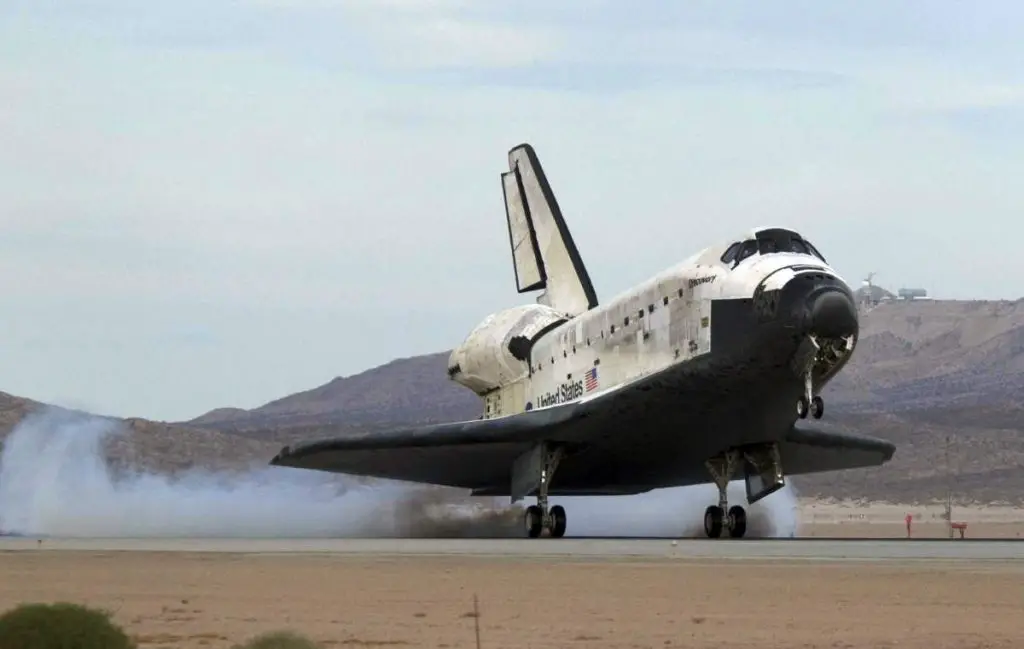
Photo: Space Shuttle Discovery touches down on Runway 22L at Edwards Air Force Base to conclude the almost 14-day STS-128 mission to the International Space Station on September 11, 2009, the final shuttle mission to land at Edwards. (NASA / Jim Ross)
Space Shuttle Launch and Landing
From the NASA website:
Beginning with space shuttle Columbia’s 1979 delivery to NASA’s Kennedy Space Center in Florida (it launched for the first time on mission STS-1 on April 12, 1981, the first flight of the Space Shuttle program), the center has been home to each of the five flown shuttle orbiters for the duration of the Space Shuttle Program. Space shuttle Atlantis completed the program on July 21, 2011, wrapping up the STS-135 mission with a predawn touchdown on the same runway where Columbia first arrived more than 30 years earlier.
NASA’s shuttle fleet — Columbia, Challenger, Discovery, Atlantis, and Endeavour — flew a total of 135 missions. Each one began at Kennedy’s Launch Complex 39. Of those missions, 78 ended with a Kennedy landing; 54 concluded with a touchdown on the dry lake bed at Edwards Air Force Base in California; and one landed at White Sands Space Harbor in New Mexico.
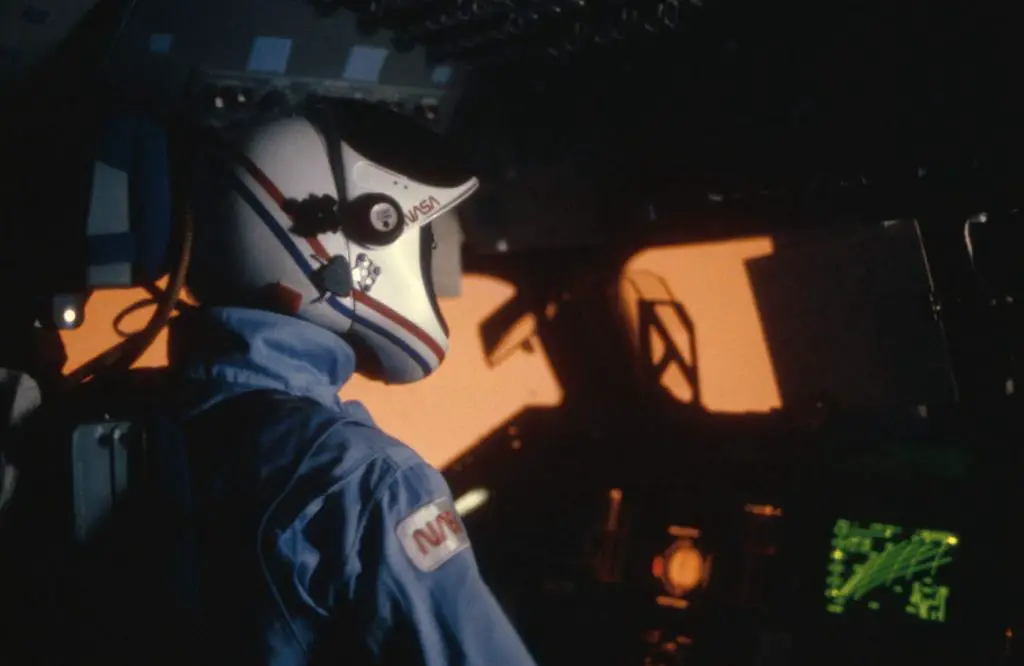
- Columbia: First flight: STS-1 on April 12, 1981. Last flight: disintegrating during re-entry near the end of its 28th mission, STS-107 on February 1, 2003, resulting in the deaths of all seven crew members.
- Challenger: First flight: STS-6, began on April 4, 1983. Last flight: disintegrated 73 seconds into its 10th mission, STS-51-L, on January 28, 1986, resulting in the deaths of all seven crew members including a civilian school teacher.
- Discovery: First flight: STS-41-D, flew from August 30 to September 5, 1984. Last flight: STS-133, on February 24, 2011, and touched down for the final time at Kennedy Space Center on March 9, having spent a cumulative total of almost a full year in space.
- Atlantis: First flight: STS-51-J from 3 to 7 October 1985. Last flight: its 33rd and final mission, also the final mission of a space shuttle, STS-135, on 8 July 2011.
- Endeavour: First flight: STS-49, launched on May 7, 1992. Last flight: its 25th and final mission, STS-134, the penultimate mission of NASA’s Space Shuttle program, launched on 16 May 2011 and concluded on 1 June 2011.
Each mission began with a thundering liftoff as the shuttle’s twin solid rocket boosters ignited, pushing the vehicle with its crew and cargo beyond the bounds of gravity and into the hostile environment of space. Missions typically lasted one to two weeks, concluding with an hourlong reentry descent through Earth’s atmosphere and a precision landing. Because a returning shuttle orbiter was essentially an unpowered glider, there were no second chances — every touchdown had to be perfect.
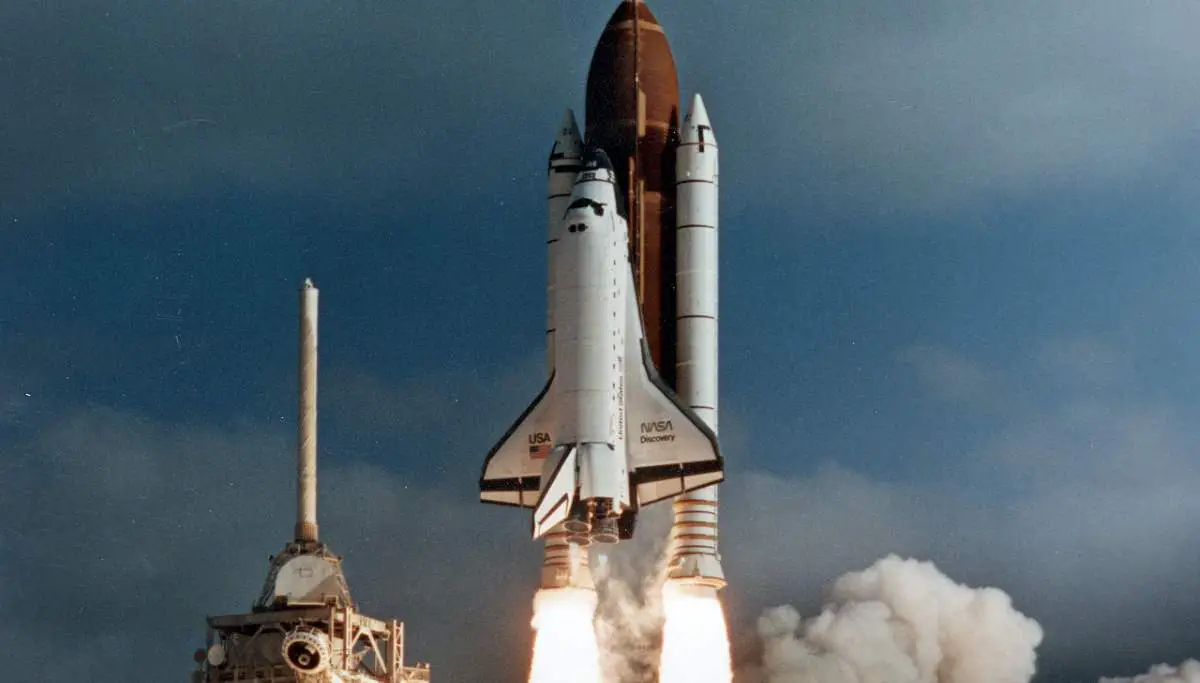
Related: Hubble Space Telescope Launch
To meet the rigorous demands of spaceflight, each vehicle element — the orbiter, external fuel tank, and boosters — and all subsystems underwent meticulous maintenance and preparation before each flight. Multiple vehicles could be in various stages of processing at any given time. Once a shuttle was returned to its bay in the orbiter processing facility after landing, teams checked, refurbished, or installed hardware for the flight ahead.
The shuttle then was towed to the nearby Vehicle Assembly Building, where it was joined to its tank and boosters. Finally, the completed launch vehicle and its mobile launcher platform rolled out to the launch pad atop a sturdy, slow-moving crawler-transporter. A spectacular liftoff was the reward for each processing flow, and upon landing, the sequence began once again.
- How Many Elephants are Left in the World in 2025? - August 17, 2025
- Moon Landings: All-Time List [1966-2025] - February 2, 2025
- What Is Max-Q and Why Is It Important During Rocket Launches? - January 16, 2025
